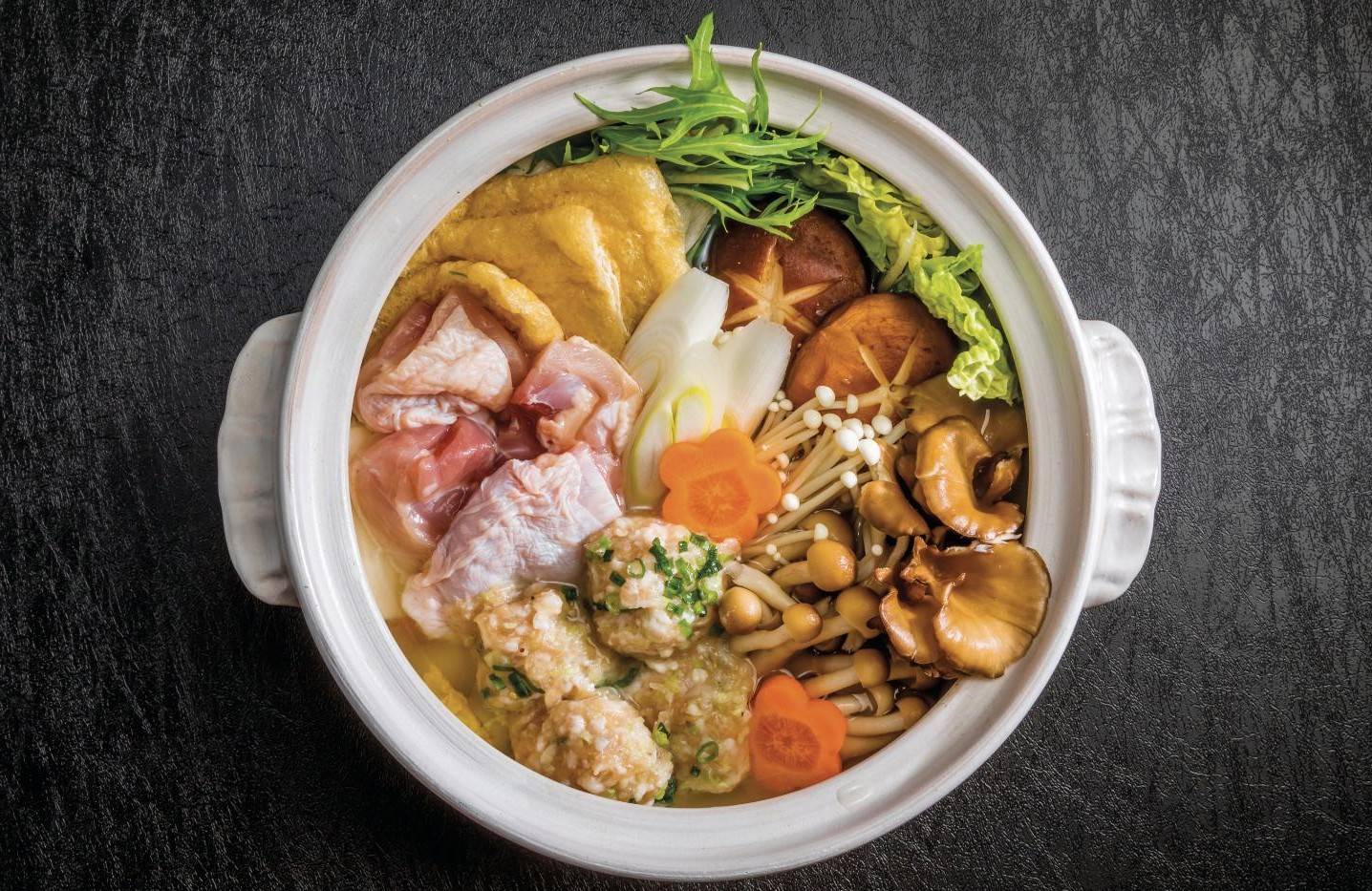
Chanko Nabe, the hearty stew synonymous with sumo wrestlers, is more than just a meal. This traditional Japanese dish packs a punch with its rich flavors and nutritional benefits. But what exactly makes Chanko Nabe so special? For starters, it’s a one-pot wonder filled with proteins like chicken, tofu, and fish, along with a variety of vegetables. This dish is designed to help sumo wrestlers gain weight and maintain energy levels. However, you don’t need to be a sumo wrestler to enjoy it. Chanko Nabe has become a beloved comfort food for many, offering a perfect balance of taste and health. Whether you're curious about its history, ingredients, or how to make it at home, these 25 facts will give you a comprehensive look into the world of Chanko Nabe.
What is Chanko Nabe?
Chanko Nabe is a traditional Japanese hot pot dish, famously known as the staple diet of sumo wrestlers. This hearty meal is packed with proteins, vegetables, and other nutritious ingredients to help sumo wrestlers gain weight and maintain their strength.
- Chanko Nabe translates to "sumo stew" in English.
- The dish is typically cooked in a large pot and shared among several people.
- Sumo wrestlers eat Chanko Nabe in massive quantities to help them bulk up.
- The dish is highly customizable, with ingredients varying based on personal preference or seasonal availability.
- Chicken is often the primary protein in Chanko Nabe because sumo wrestlers believe eating animals that walk on two legs will help them stay upright in the ring.
Ingredients of Chanko Nabe
The ingredients in Chanko Nabe can vary widely, but they usually include a mix of proteins, vegetables, and a flavorful broth. Here are some common components:
- Chicken, fish, and tofu are popular protein choices.
- Vegetables like napa cabbage, carrots, and mushrooms are commonly used.
- The broth can be made from dashi, miso, or soy sauce.
- Udon or ramen noodles are often added to make the dish more filling.
- Some versions include rice cakes or mochi for added texture.
Nutritional Benefits
Chanko Nabe is not just about gaining weight; it also offers several nutritional benefits. The dish is rich in proteins, vitamins, and minerals, making it a balanced meal.
- The high protein content helps in muscle building and repair.
- Vegetables provide essential vitamins and minerals.
- The broth is often rich in collagen, which is good for skin and joint health.
- The dish is low in unhealthy fats, making it a relatively healthy option despite its calorie density.
- The variety of ingredients ensures a well-rounded intake of nutrients.
Cultural Significance
Chanko Nabe is more than just food; it holds a special place in Japanese culture, especially in the world of sumo wrestling.
- The dish is traditionally prepared by junior sumo wrestlers for their seniors.
- Eating Chanko Nabe together fosters a sense of community and camaraderie among wrestlers.
- It is often served during special occasions and celebrations within sumo stables.
- The dish has become popular outside the sumo world, with many restaurants specializing in Chanko Nabe.
- Some sumo stables have secret recipes passed down through generations.
How to Make Chanko Nabe at Home
Making Chanko Nabe at home is easier than you might think. With a few simple steps, you can enjoy this nutritious and delicious dish.
- Start by preparing the broth using dashi, miso, or soy sauce.
- Add your choice of proteins like chicken, fish, or tofu.
- Include a variety of vegetables such as napa cabbage, carrots, and mushrooms.
- Let everything simmer until cooked through, then add noodles or rice cakes.
- Serve hot and enjoy with friends or family for an authentic experience.
The Final Scoop on Chanko Nabe
Chanko Nabe isn't just a meal; it's a cultural experience. This hearty stew, packed with protein, vegetables, and flavor, has fueled sumo wrestlers for generations. Whether you're a foodie, a sports enthusiast, or someone curious about Japanese cuisine, Chanko Nabe offers something for everyone. Its versatility allows for endless variations, making it a dish that can be tailored to any taste. Plus, it's a great way to bring people together around the table. So, next time you're looking for a meal that's both nutritious and delicious, give Chanko Nabe a try. You'll not only enjoy a tasty dish but also get a glimpse into a unique aspect of Japanese culture. Happy cooking!
Was this page helpful?
Our commitment to delivering trustworthy and engaging content is at the heart of what we do. Each fact on our site is contributed by real users like you, bringing a wealth of diverse insights and information. To ensure the highest standards of accuracy and reliability, our dedicated editors meticulously review each submission. This process guarantees that the facts we share are not only fascinating but also credible. Trust in our commitment to quality and authenticity as you explore and learn with us.
